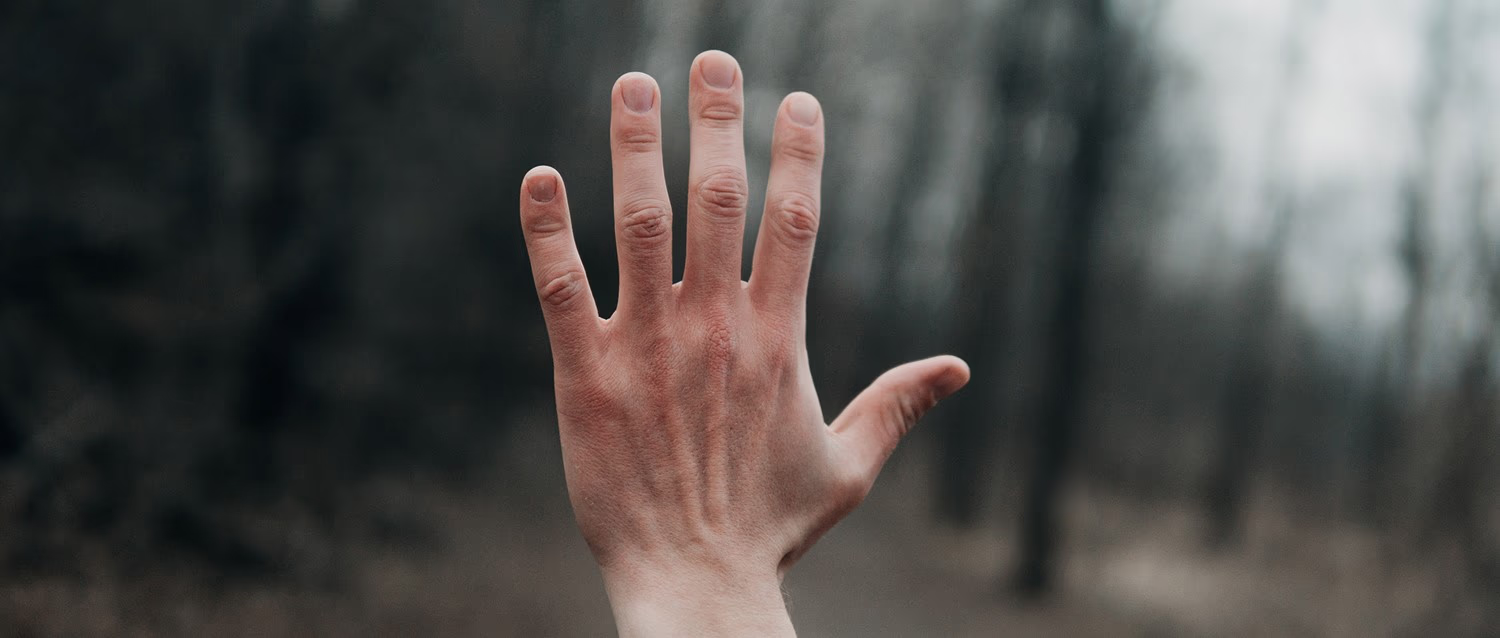
What your nails say about your health
Peer reviewed by Dr Krishna Vakharia, MRCGPLast updated by Dr Sarah Jarvis MBE, FRCGPLast updated 22 Feb 2024
Most of us take them for granted - after all, they aren't alive, and you can break one without it hurting. I'm talking, of course, about your nails. But you'd be surprised at how many things they tell you about your general health.
In this article:
Continue reading below
Fungal nail infections
Fungal infections - whether it's athlete's foot, vaginal thrush or that sore, itchy rash in your groin or under your breasts - very commonly affects your skin.
Thrush is caused by a fungal infection, from yeasts which normally live harmlessly on all our skins. But if a fungus gets into your nails, it can be difficult to get rid of. The main symptoms are thickened, flaky, discoloured nails - often your toenails.
If your doctor thinks a fungus may be to blame, they will probably send a clipping from your nail to the laboratory. Over the counter medications containing amorolfine 5% can work on nails but can take months. If the infection is on multiple nails, you may need to take a tablet a day for three to six months to get rid of the infection. Fortunately, it may be unsightly but it's harmless.
What your nails say about your health
Patient picks for Nail problems
Psoriasis
Little pits in your nails are common. Very occasionally, they can be a sign of a condition called psoriasis. We usually think of psoriasis as a skin condition which causes red patches - but in a few people, the main symptom is joint pain. It's worth talking to your GP if you have persistent or unsightly pits in your nails.
Continue reading below
Clubbing
No, not partying late into the night, but swelling of the end portion of the fingers, along with curving over of the fingernails. It's sometimes described as 'drumstick fingers' because of the swelling.
Usually linked to lung or heart conditions, along with inflammatory bowel diseases like Crohn's and ulcerative colitis, or primary biliary cirrhosis, it definitely needs checking out.
White spots
I've lost count of the number of patients who've told me they're short of calcium because they have white spots or lines on their nails. In fact, it's nothing to do with this. It's probably simple bashes and bangs to your nails.
The best thing you can do is to stop worrying - and maybe protect your nails to prevent it happening again. It's very common in gardeners and DIY enthusiasts. The spots or lines will gradually grow out to the ends of your nails and then disappear.
Continue reading below
Ingrowing toenails - you can prevent them
Ingrowing toenails usually affect the side of your big toe. The nail starts to grow into the flesh at the side of your nail, and can cause a nasty infection.
This can often be treated with antibiotic creams or tablets. Occasionally, it keeps coming back, and you may need a minor operation to remove part or your entire toenail.
A few simple steps can keep ingrowing toenails at bay:
Don't ever cut your toenails down at the sides - always cut them straight across, leaving them longer at the sides.
Make sure your shoes have plenty of room at the front, so your toes aren't squashed.
Wear open-toed sandals or comfy slippers at home, to avoid pressure on your toes.
These measures will also cut your risk of bunions too. Finally, if you find it hard to cut your own toenails, talk to your GP about a referral to the local chiropody or toenail cutting service.
Article History
The information on this page is written and peer reviewed by qualified clinicians.
22 Feb 2024 | Latest version

Feeling unwell?
Assess your symptoms online for free

